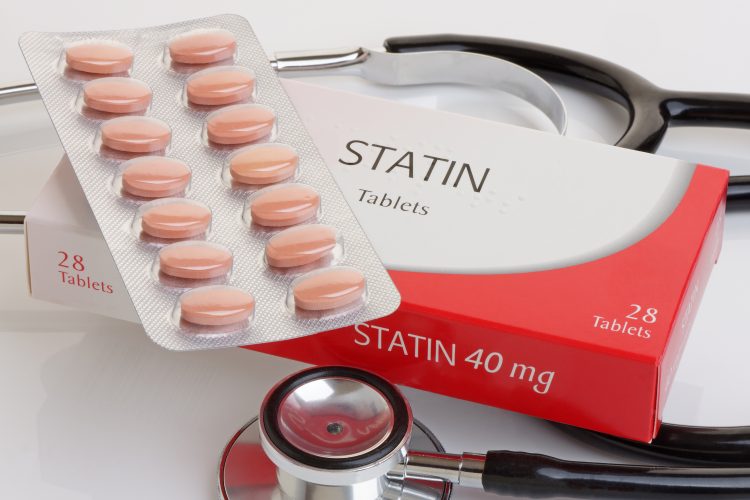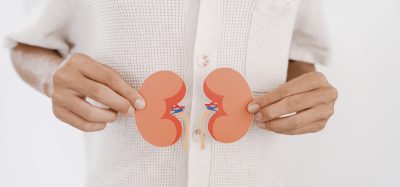Statins repurposed for sepsis show life-saving potential
Posted: 9 June 2025 | Drug Target Review | No comments yet
A new study suggests statins, cheap and widely used cholesterol drugs, could be repurposed to reduce the risk of death from sepsis. Researchers reported a 39 percent drop in 28-day mortality, highlighting their potential role in critical care.


A major new study has found that statins could significantly reduce the risk of death in patients with severe sepsis. The research, published in Frontiers in Immunology, reports a 39 percent lower 28-day mortality rate among critically ill patients who received statins alongside standard care.
“Our large, matched cohort study found that treatment with statins was associated with a 39 percent lower death rate for critically ill patients with sepsis, when measured over 28 days after hospital admission,” said Dr Caifeng Li, corresponding author and associate professor at Tianjin Medical University General Hospital.
Sepsis is a life-threatening condition triggered by an extreme immune response to infection. It can lead to multiple organ failure and death. Each year, around 750,000 people in the US are hospitalised with sepsis, with a mortality rate of roughly 27 percent. In about 15 percent of cases, the condition worsens into septic shock, where the risk of death rises to 30–40 percent.
Automation now plays a central role in discovery. From self-driving laboratories to real-time bioprocessing
This report explores how data-driven systems improve reproducibility, speed decisions and make scale achievable across research and development.
Inside the report:
- Advance discovery through miniaturised, high-throughput and animal-free systems
- Integrate AI, robotics and analytics to speed decision-making
- Streamline cell therapy and bioprocess QC for scale and compliance
- And more!
This report unlocks perspectives that show how automation is changing the scale and quality of discovery. The result is faster insight, stronger data and better science – access your free copy today
How statins could help fight sepsis
“Statins have anti-inflammatory, immunomodulatory, antioxidative, and antithrombotic properties. They may help mitigate excessive inflammatory response, restore endothelial function, and show potential antimicrobial activities,” said Li.
The study analysed data from the MIMIC-IV database. This resource includes anonymised health records from over 265,000 patients admitted to intensive care at Beth Israel Deaconess Medical Center in Boston between 2008 and 2019.
Researchers focused on adult patients diagnosed with sepsis who stayed in hospital for more than 24 hours. They compared 6,070 patients who received statins during their hospital stay with 6,070 similar patients who did not. The groups were matched using a technique called propensity score matching. This helped reduce bias by pairing patients with similar health profiles.
A survival boost, but with more intensive support
The main outcome measured was death from any cause within 28 days. Secondary analyses looked at the length of hospital stay, duration of mechanical ventilation, and use of kidney support treatments.
The results were striking. In the statin group, the 28-day mortality rate was 14.3 percent, compared to 23.4 percent in the control group. However, patients on statins required slightly longer mechanical ventilation (by 3 hours) and kidney support (by 26 hours). The authors suggest this could reflect a tradeoff: surviving longer may require more intensive care.
“These results strongly suggest that statins may provide a protective effect and improve clinical outcomes for patients with sepsis,” said Li.
These results strongly suggest that statins may provide a protective effect and improve clinical outcomes for patients with sepsis.
The benefit was seen in patients with normal, overweight, or obese BMI, but not in those who were underweight. Previous randomised trials have failed to show a similar benefit. Li believes this may be due to small sample sizes and design flaws.
“Previous randomised controlled trial may not have found a benefit of statins in patients with sepsis due to underreporting of sepsis diagnoses, small sample sizes, and failure to account for the complex interactions between statin use and patient characteristics,” said Li. He called for a large, well-designed trial to confirm the findings. Such a study should carefully track statin types, doses, and timing.
If confirmed, statins could become a low-cost addition to standard sepsis treatment.
Details of the study are published in Frontiers in Immunology.
Related topics
Analysis, Antimicrobials, Big Data, Clinical Trials, Drug Discovery Processes, Drug Repurposing, Immunology, Translational Science
Related conditions
Sepsis
Related organisations
Beth Israel Deaconess Medical Center, Tianjin Medical University General Hospital








